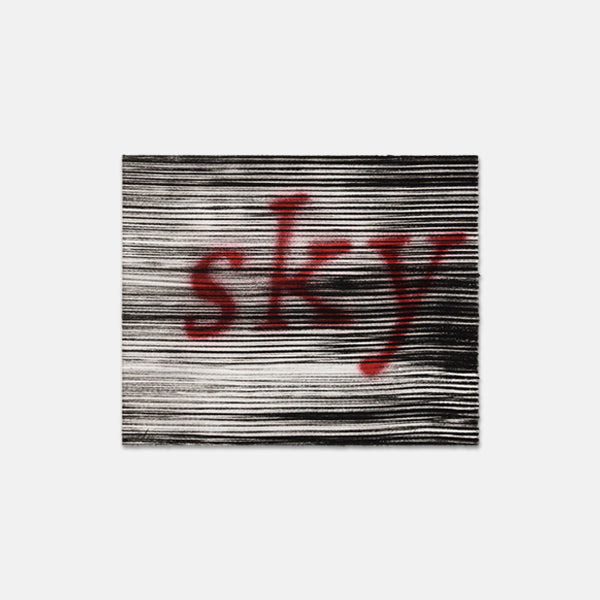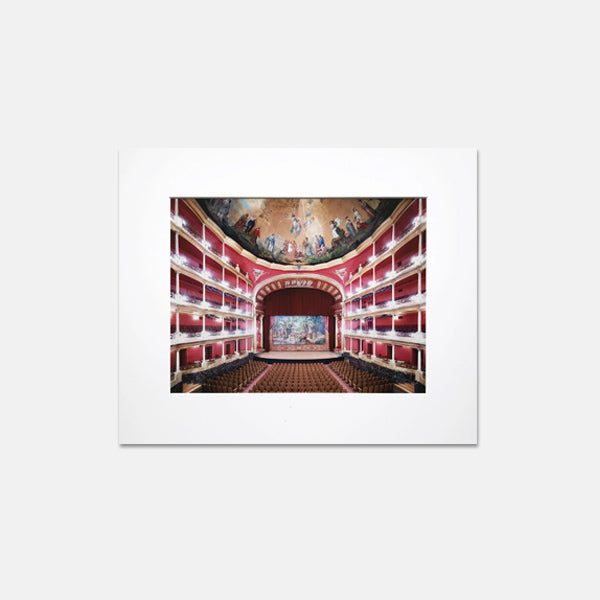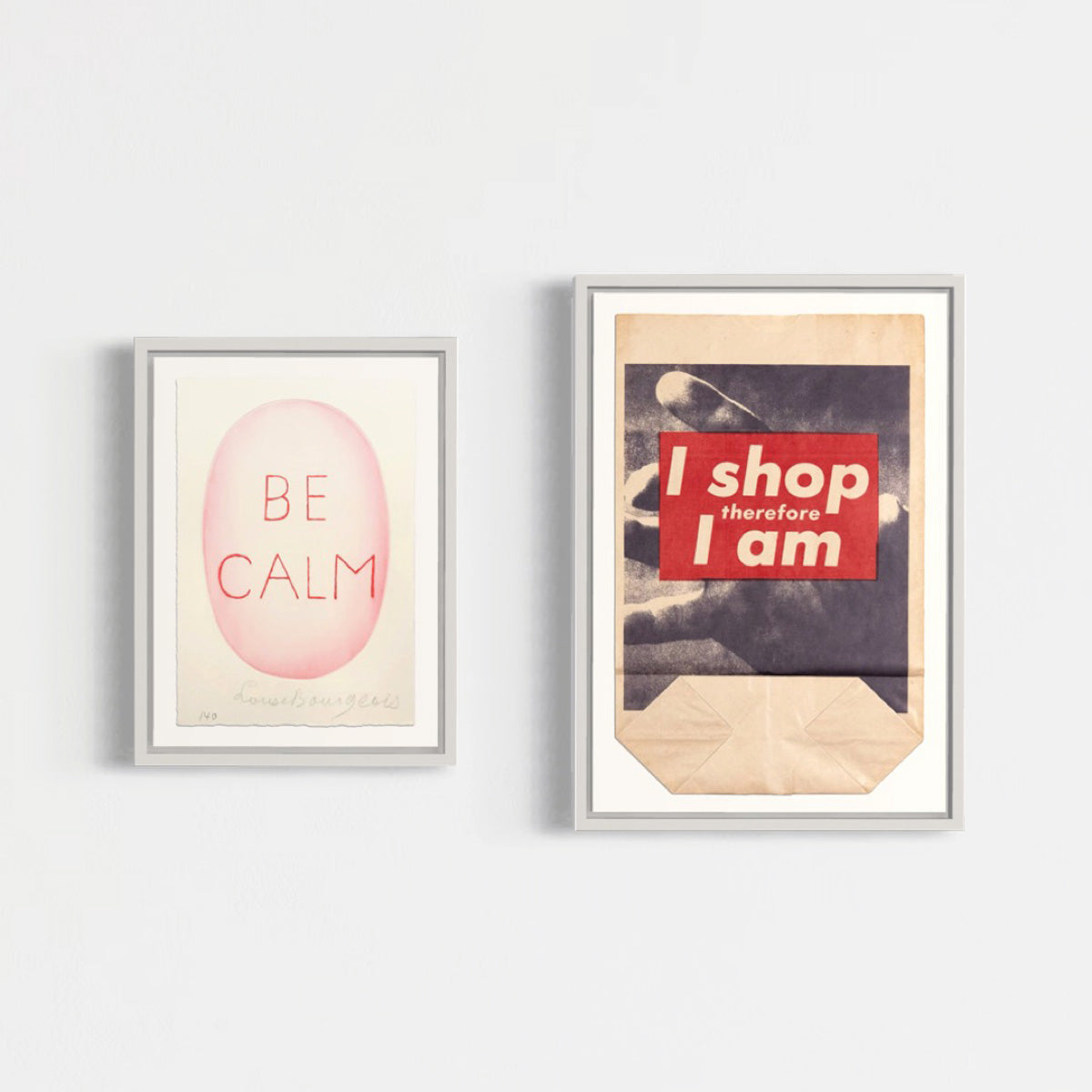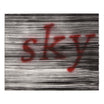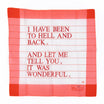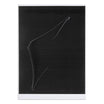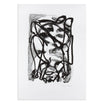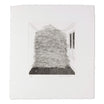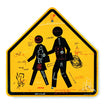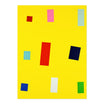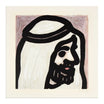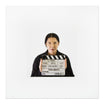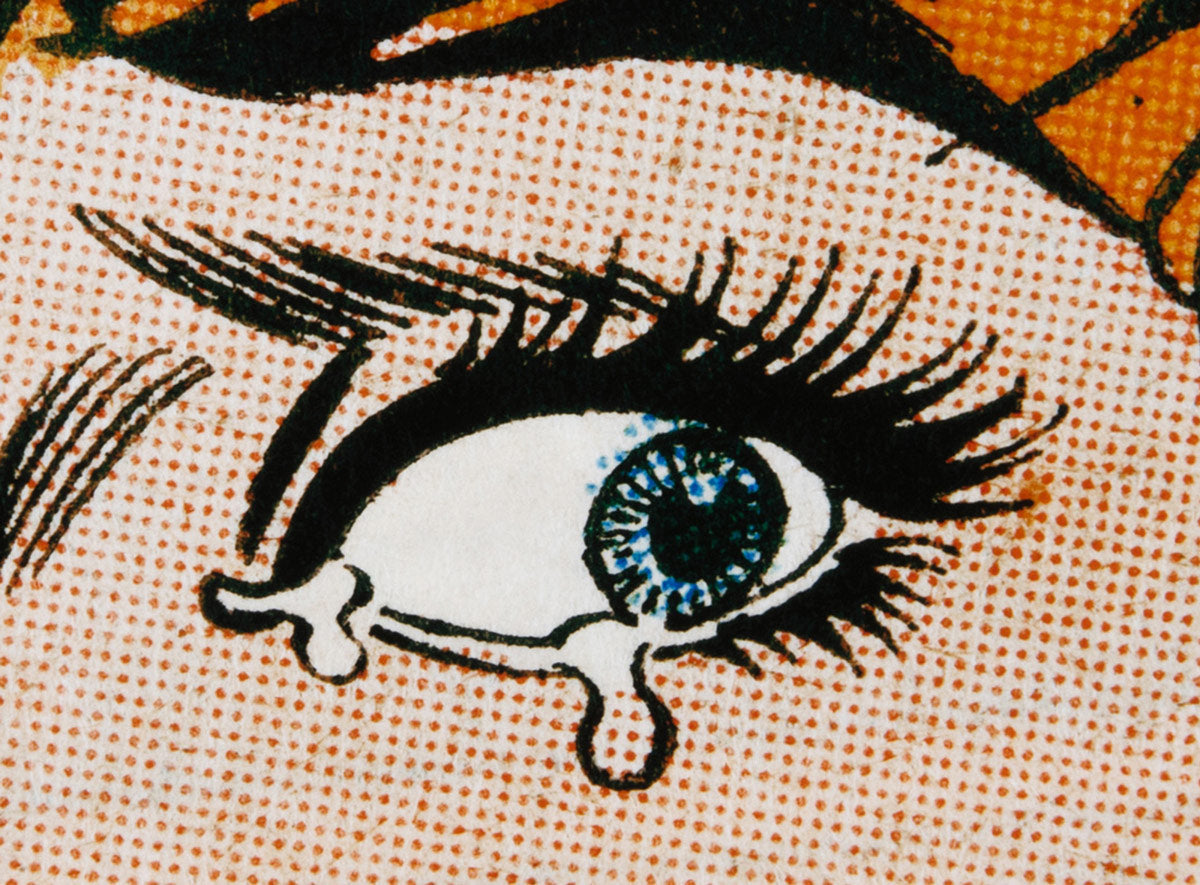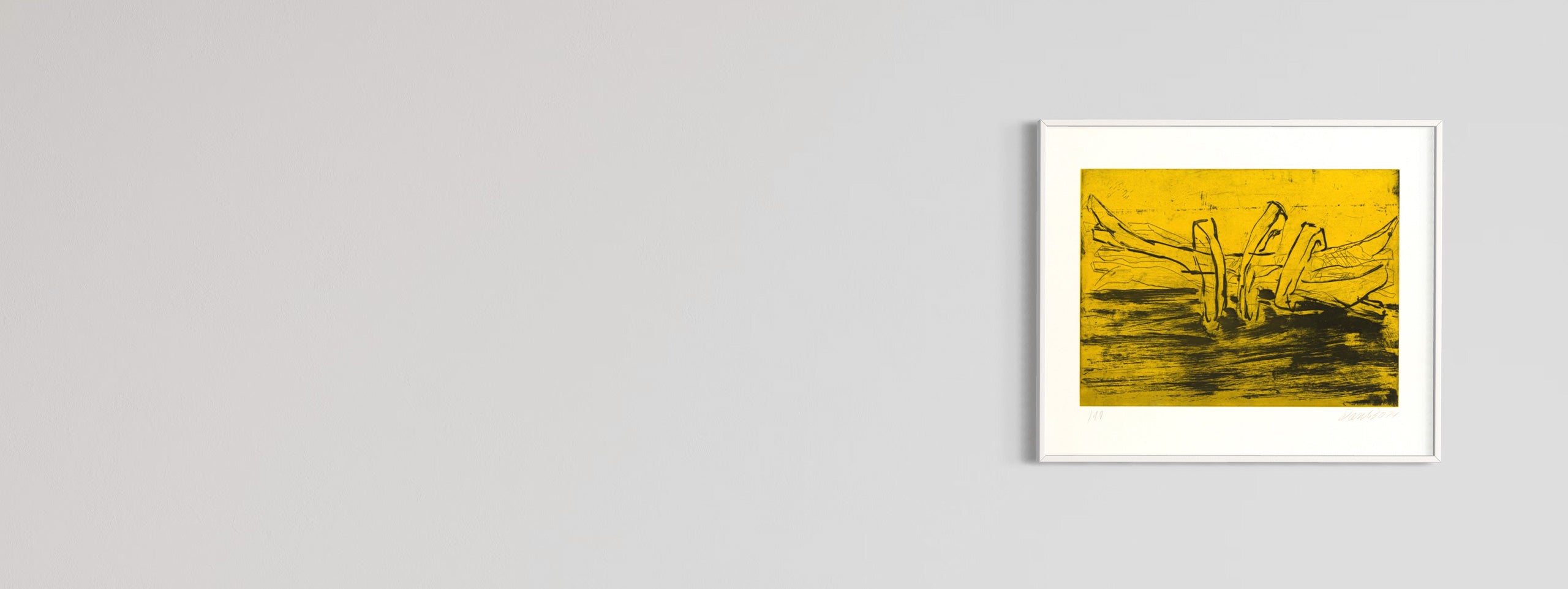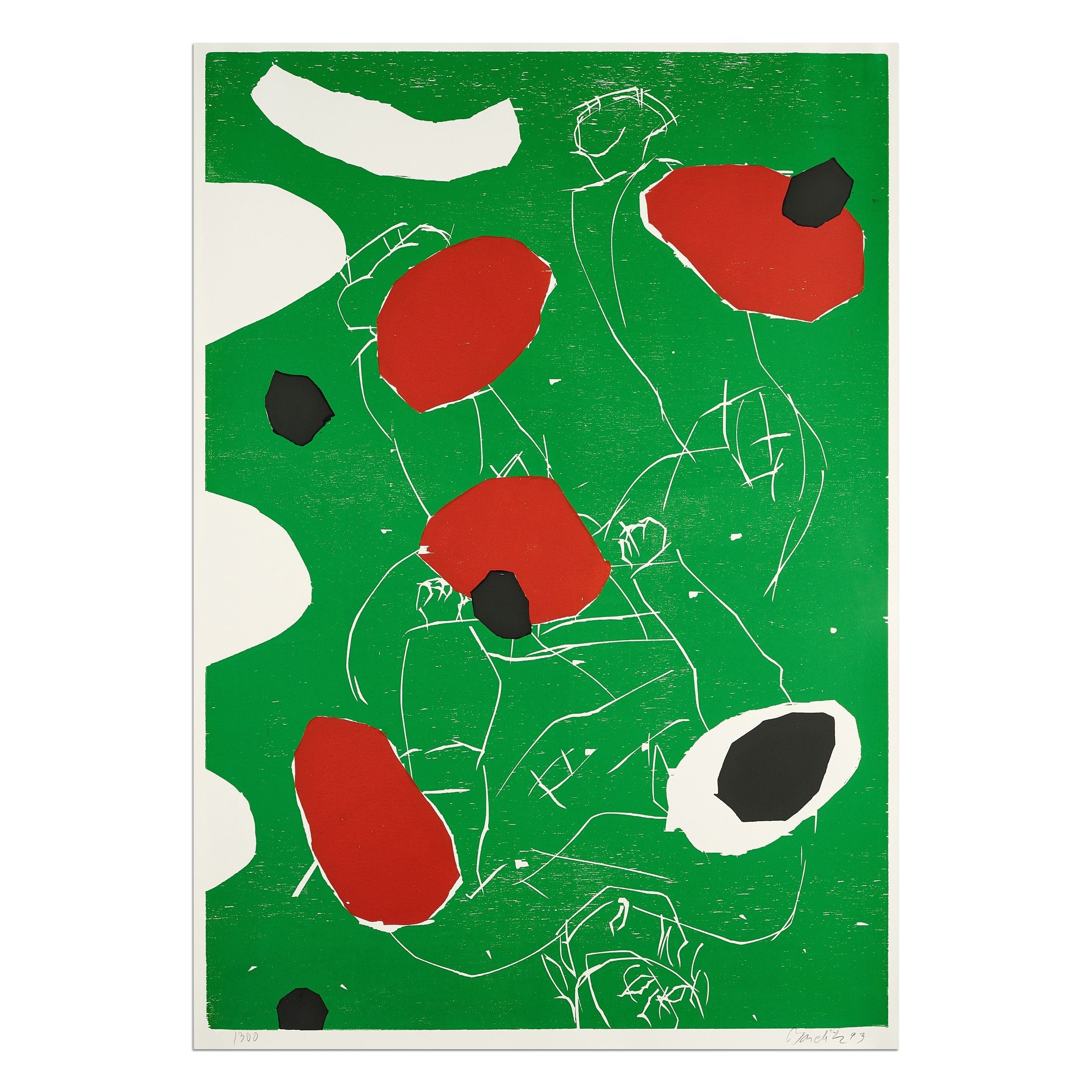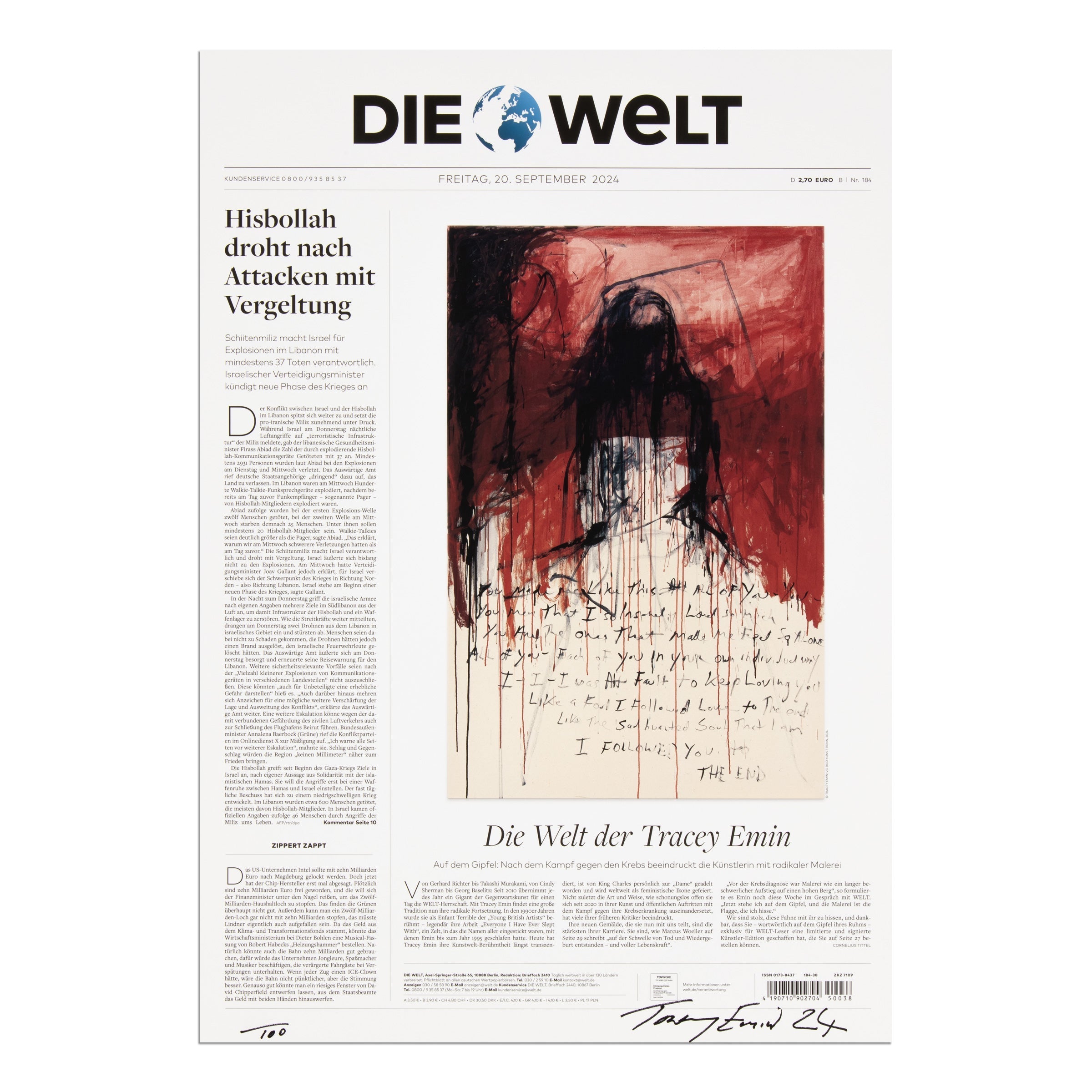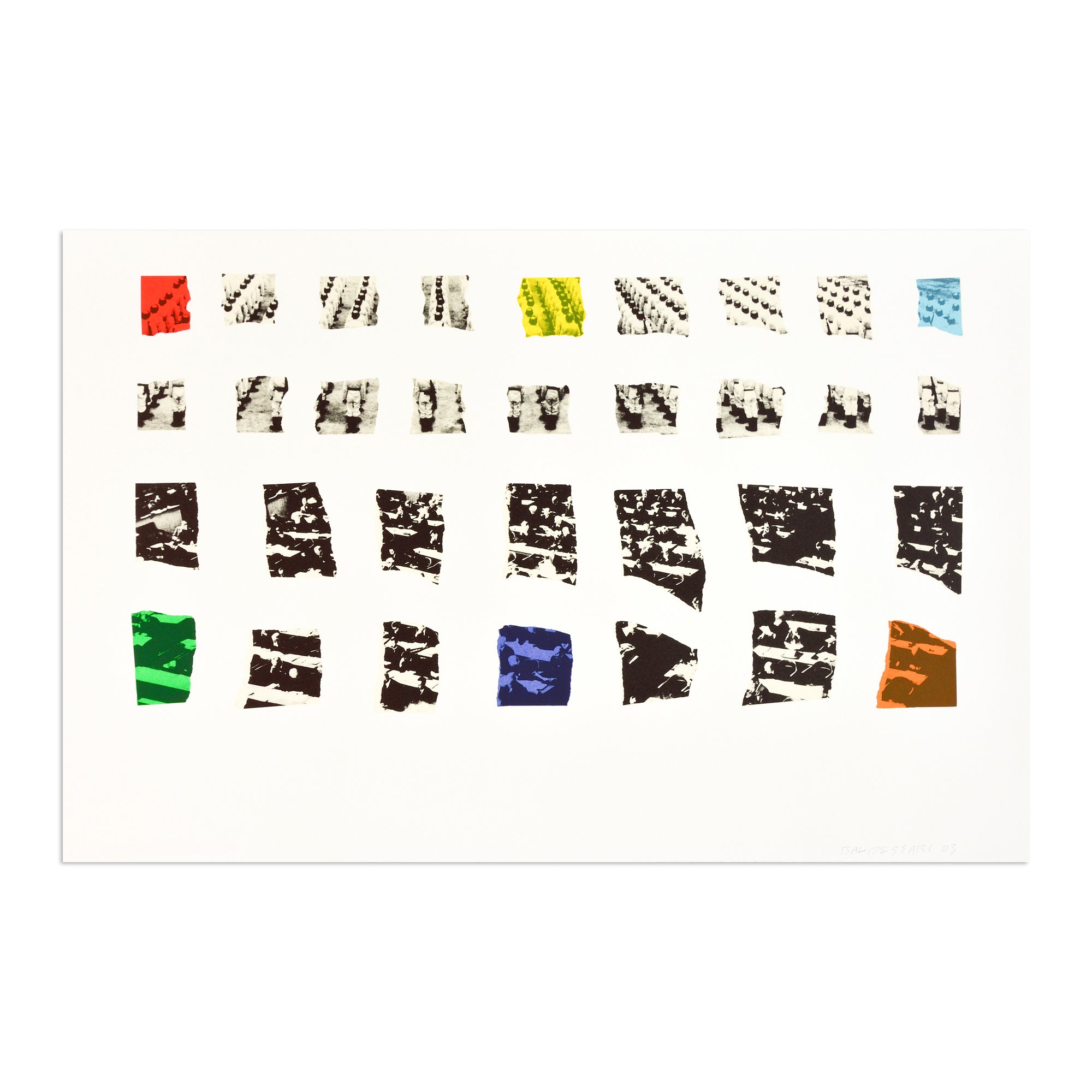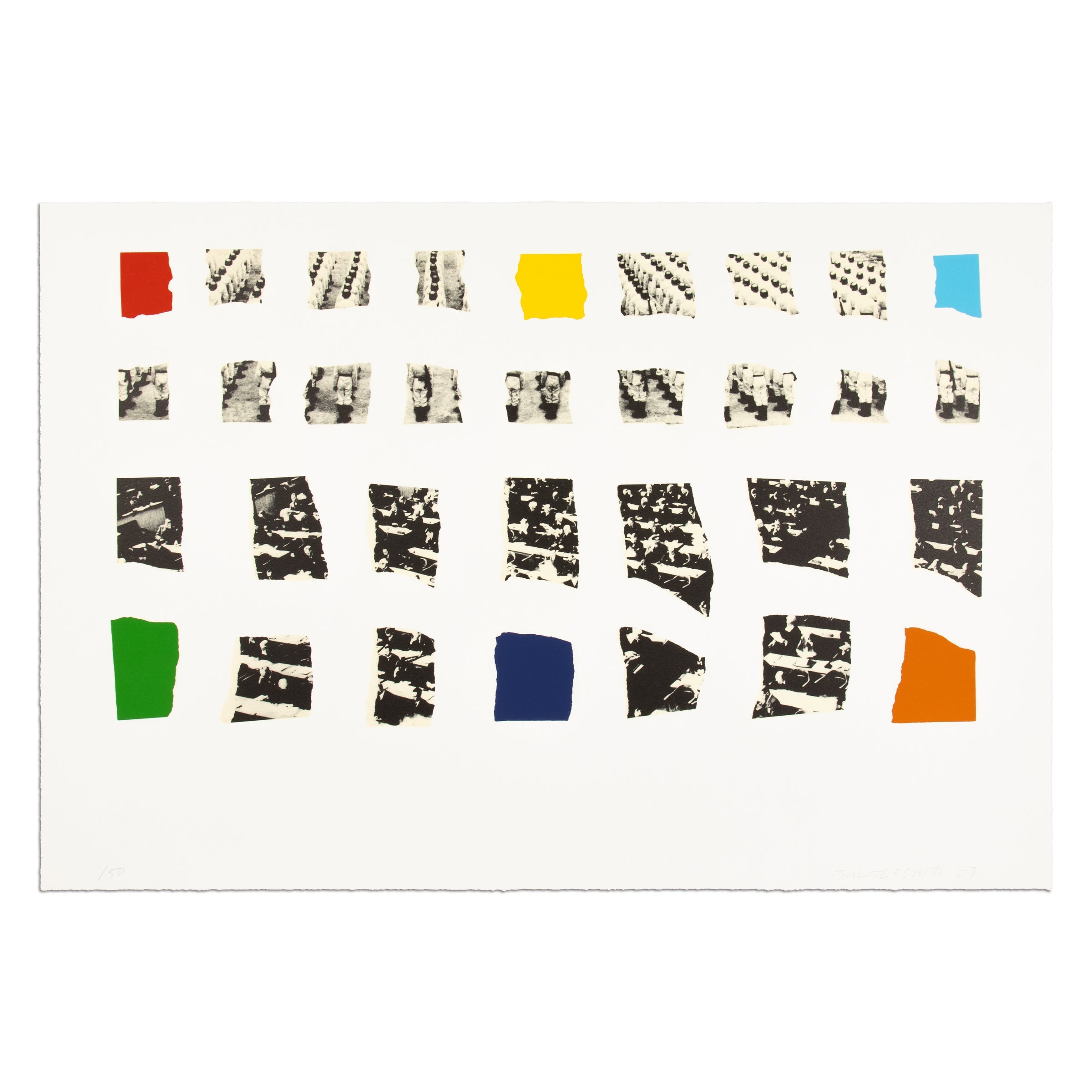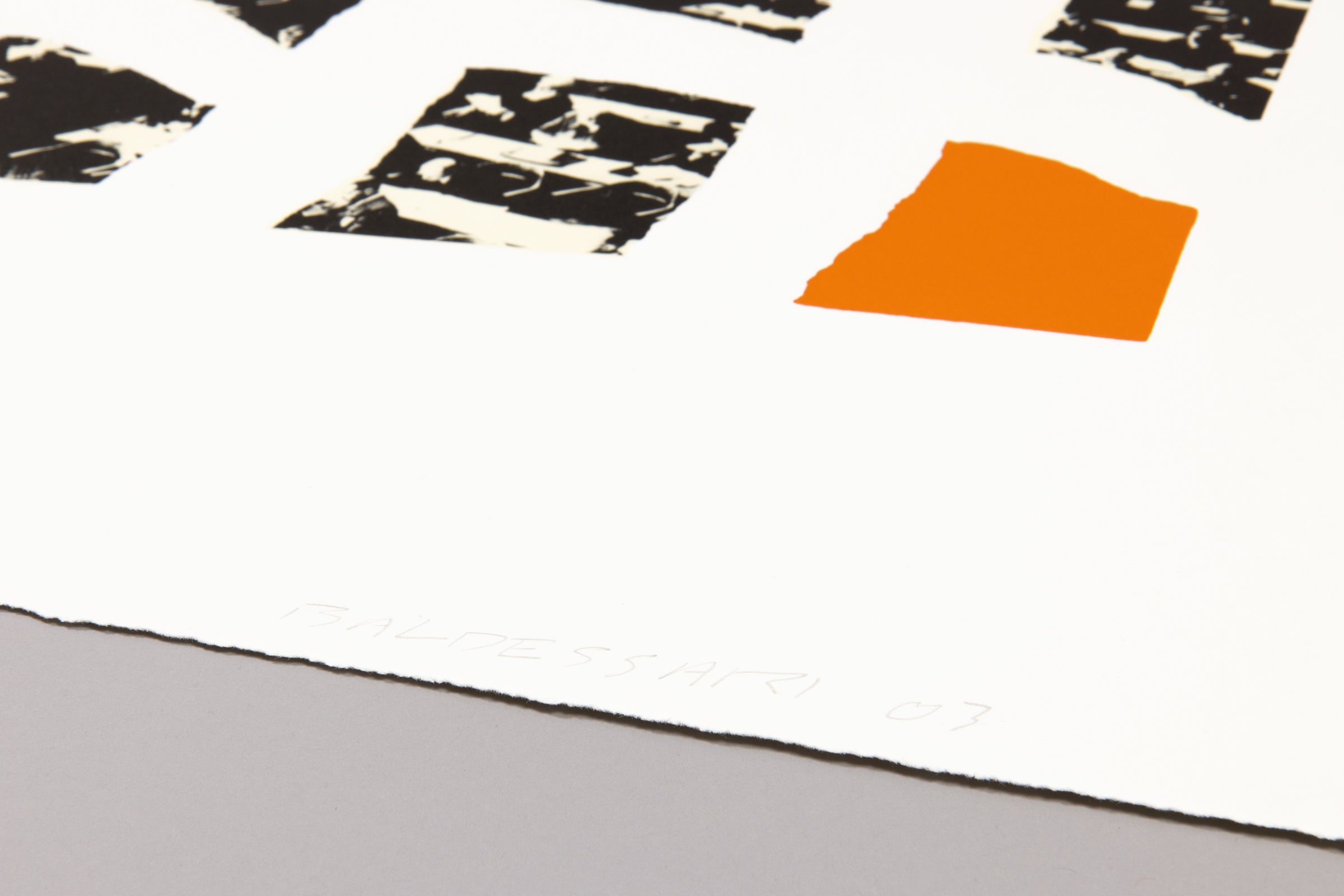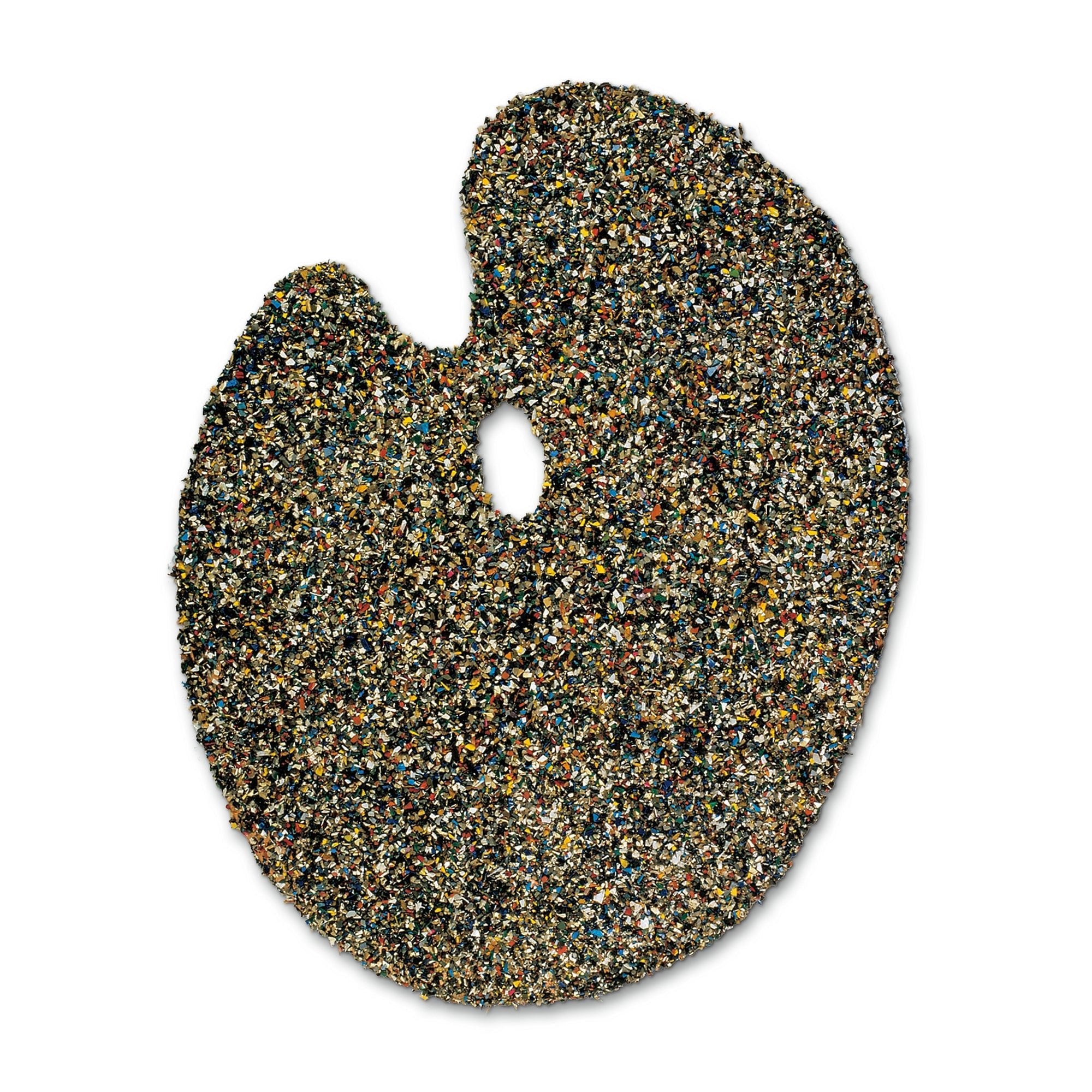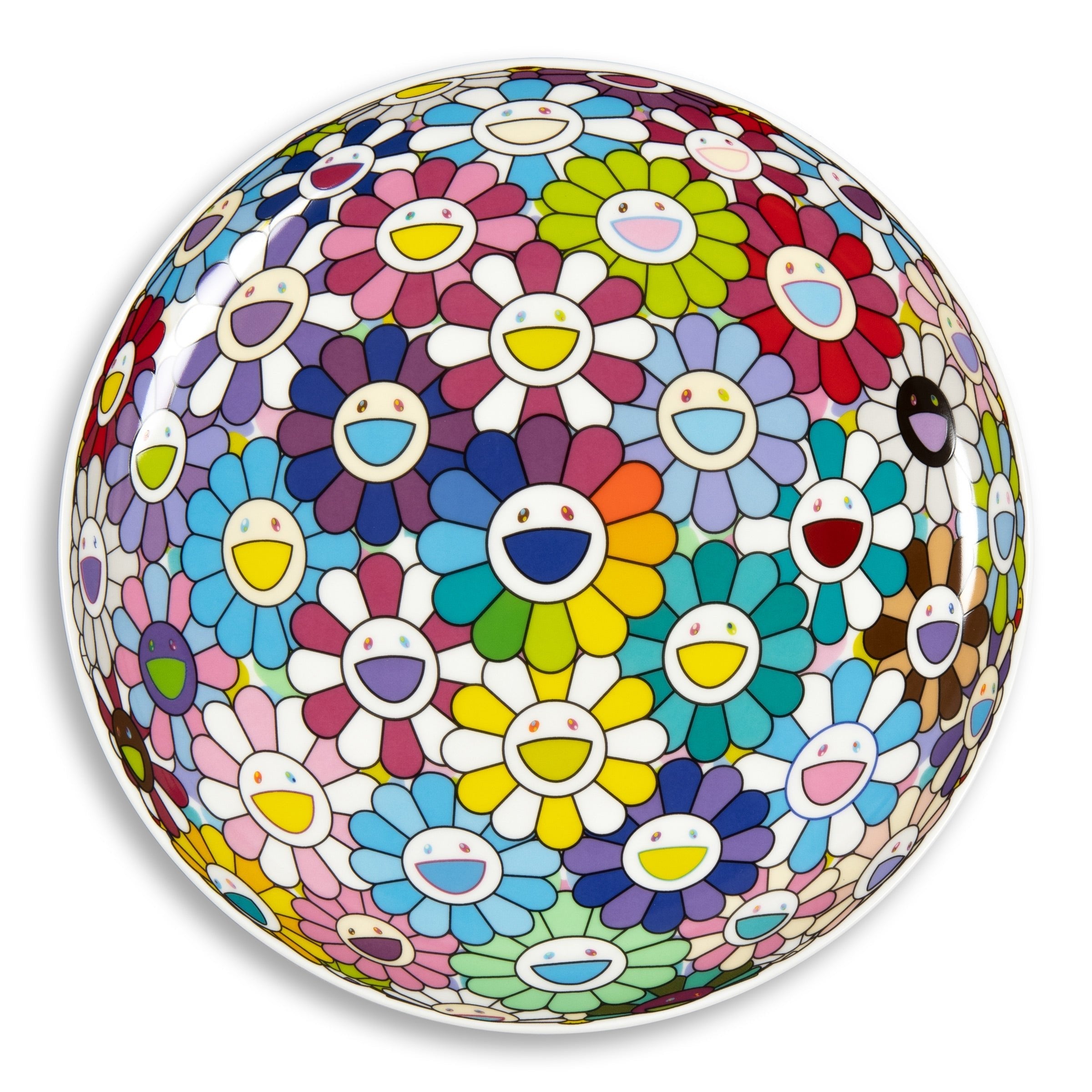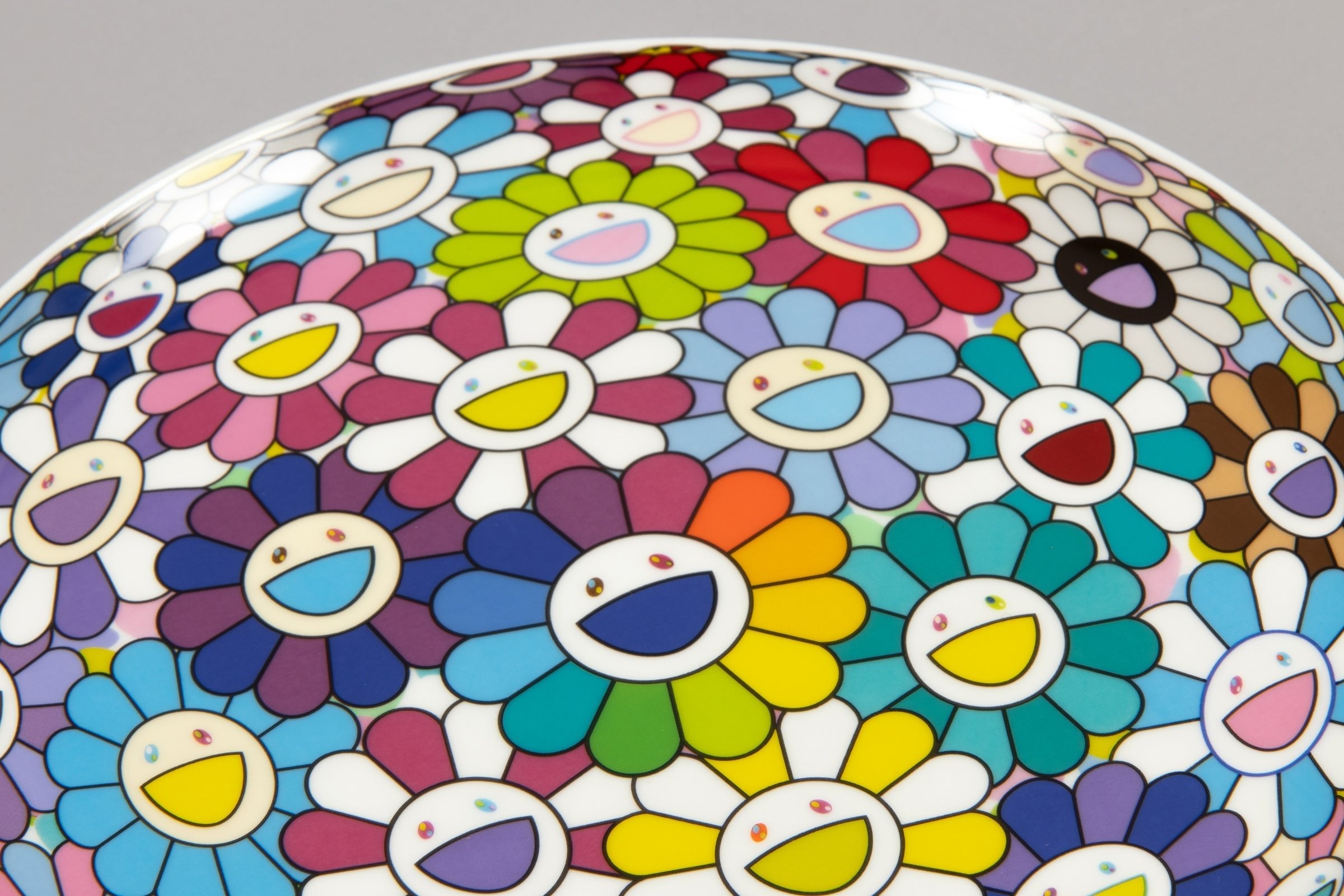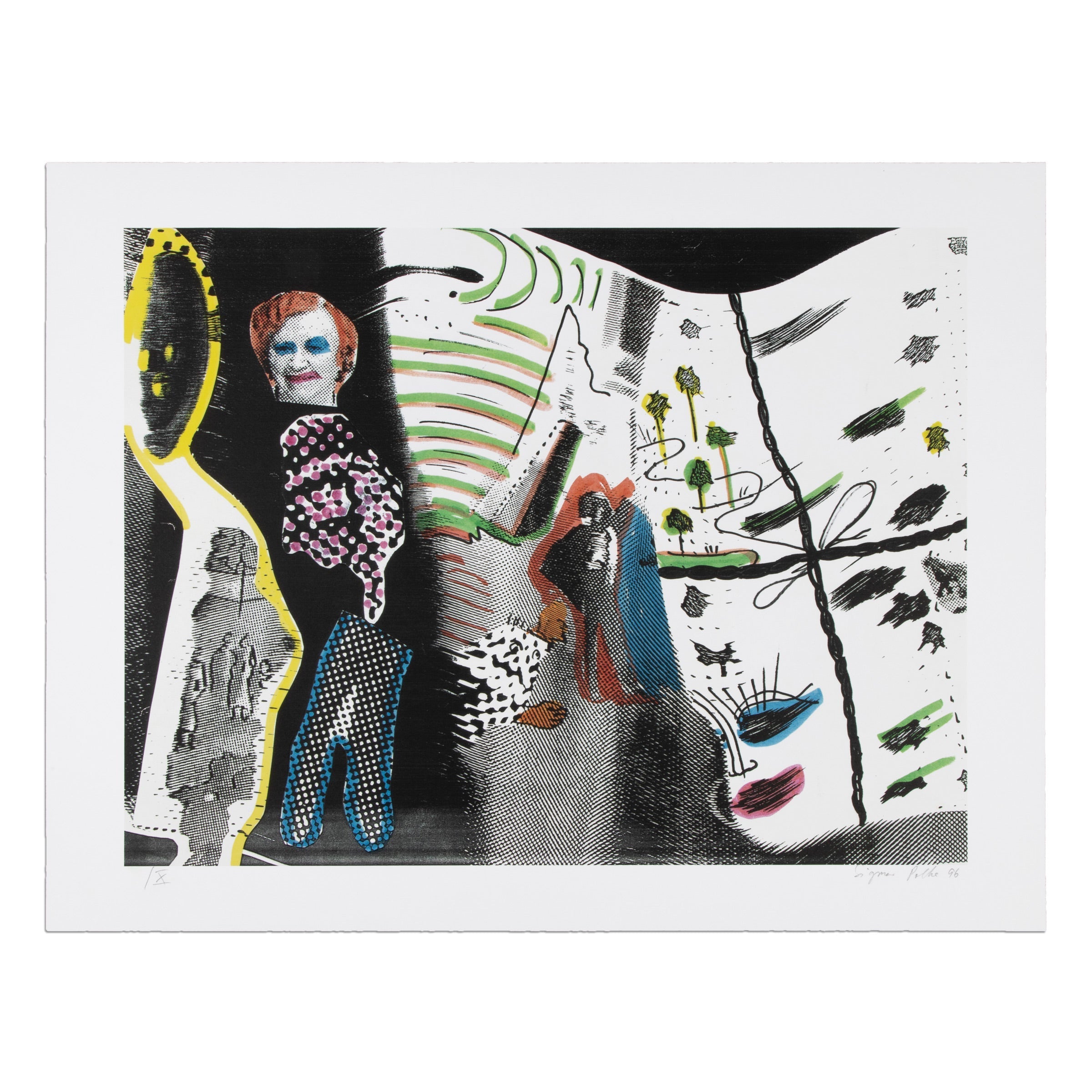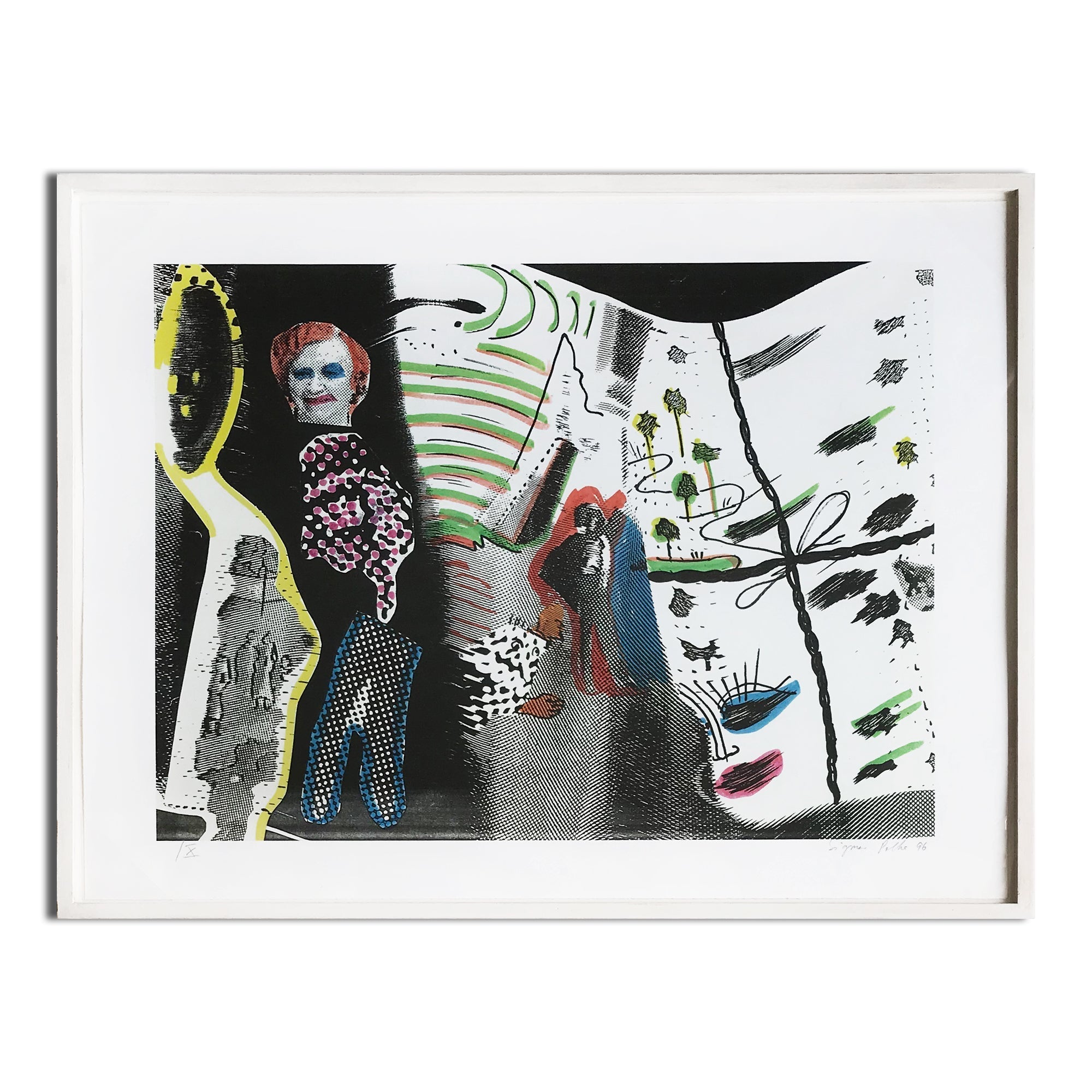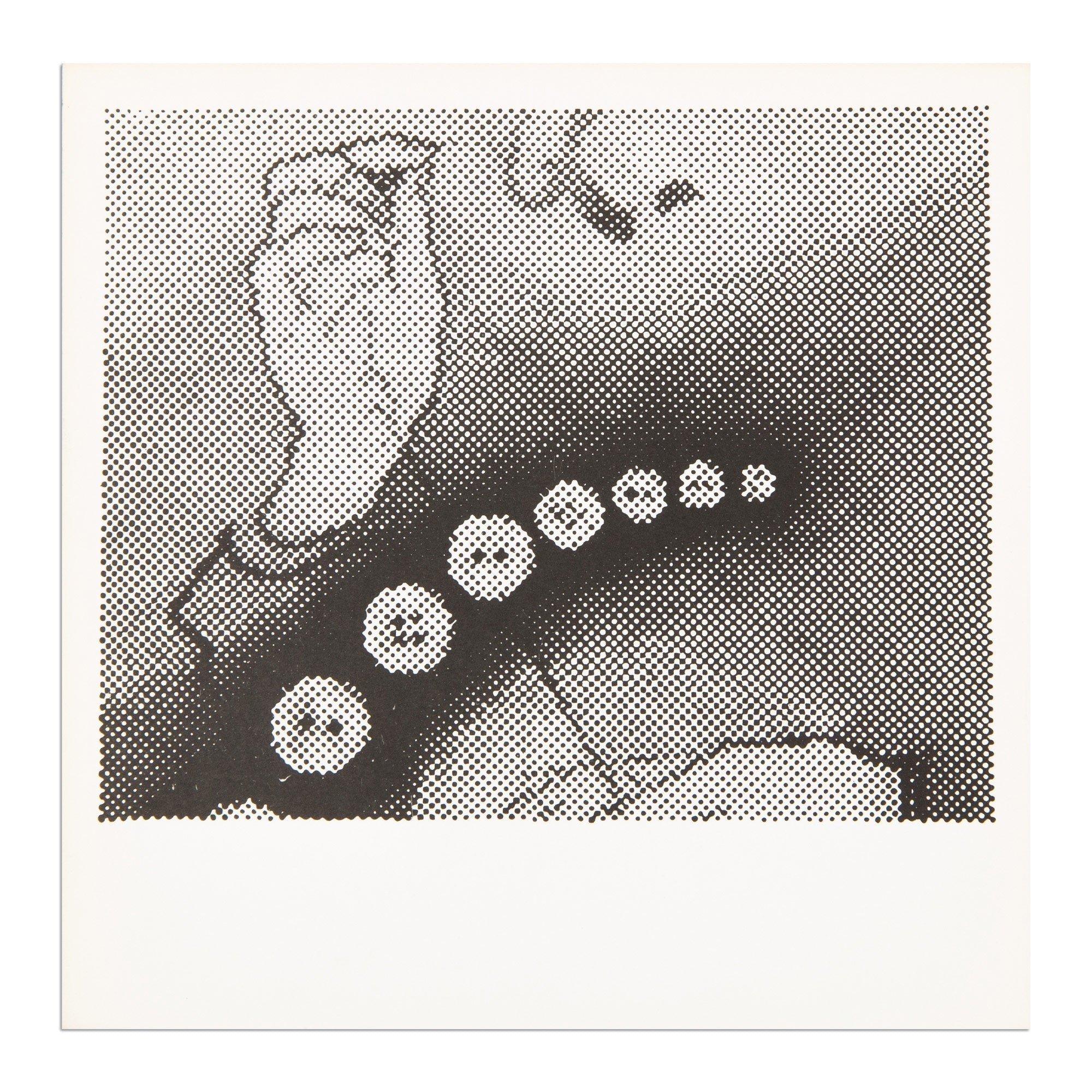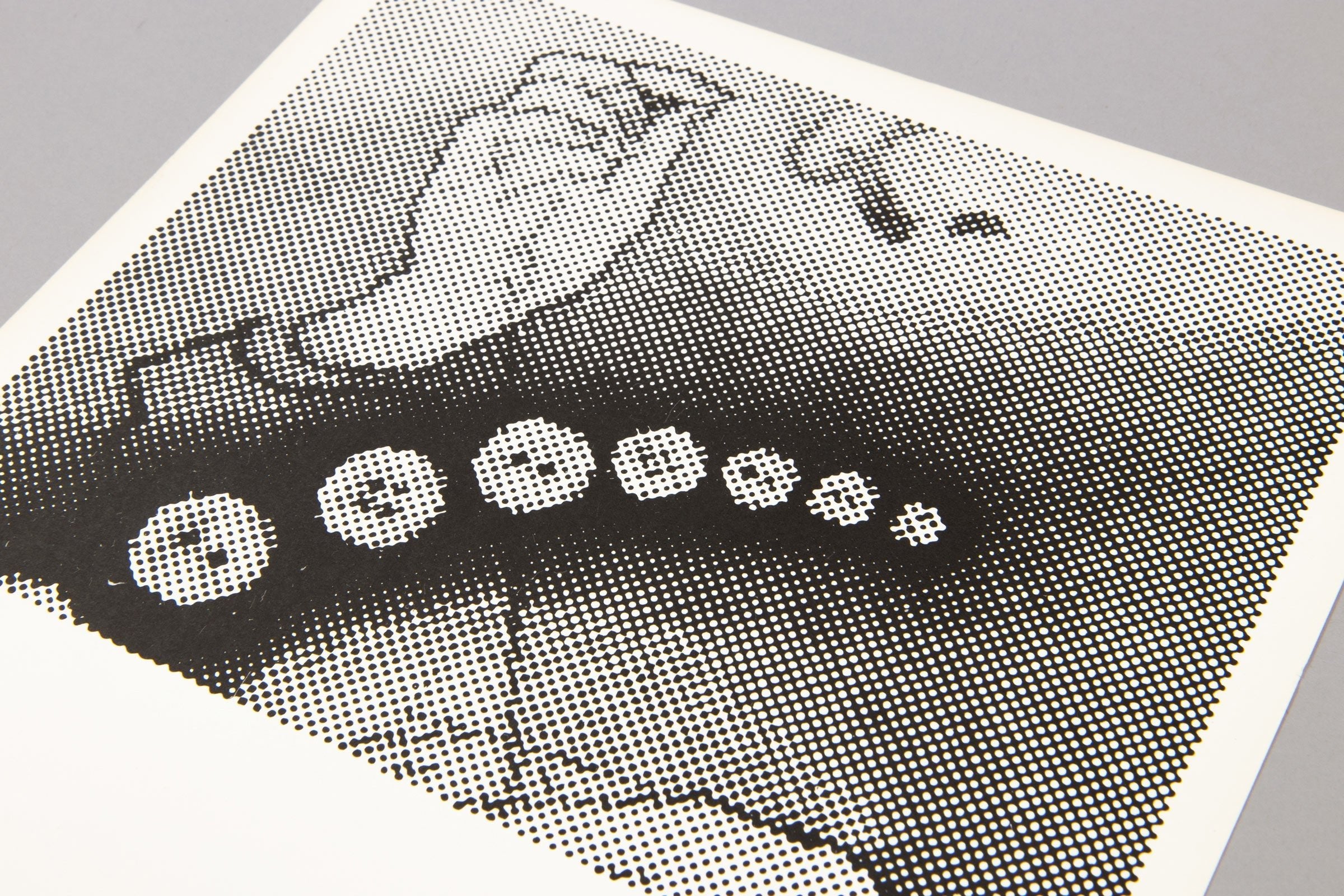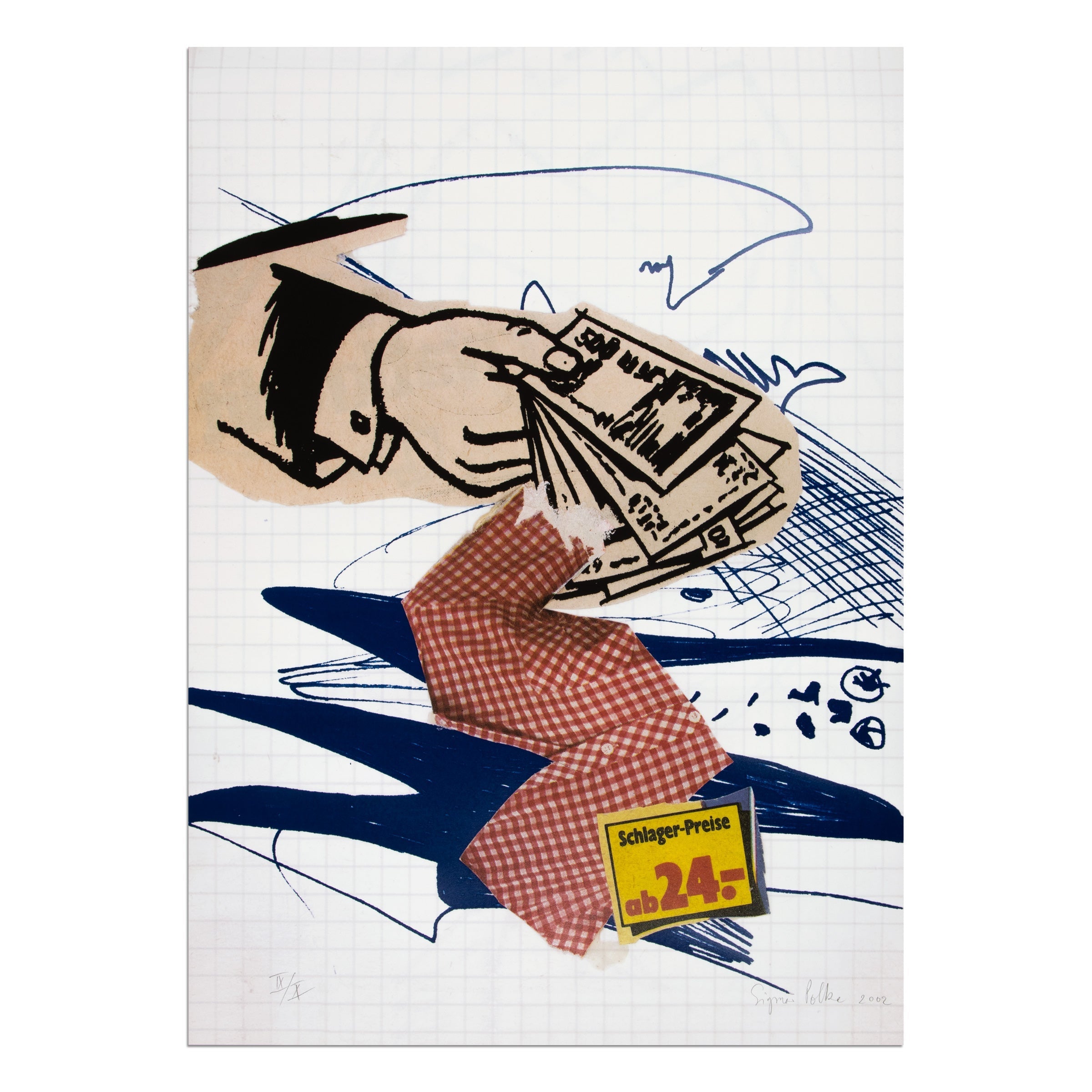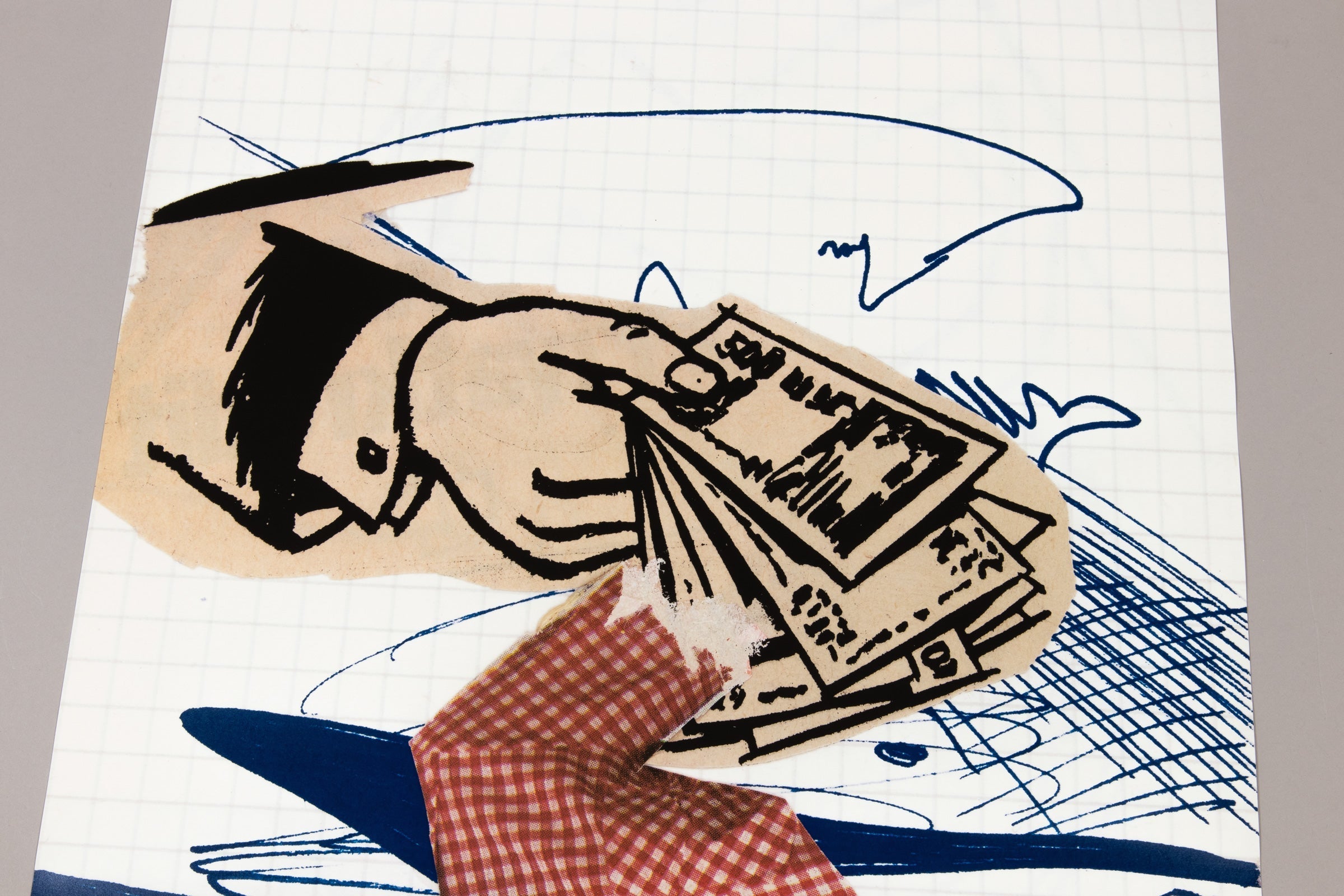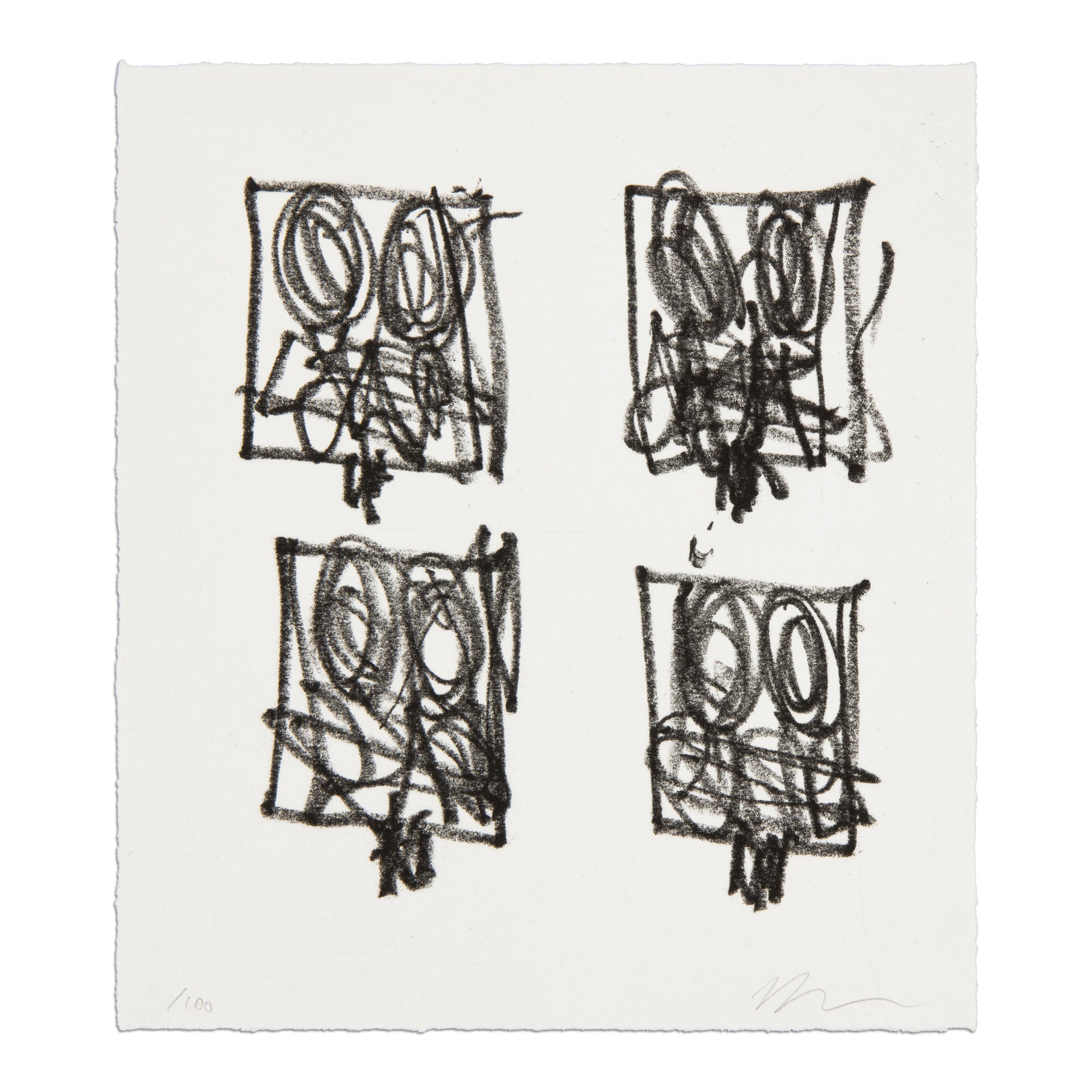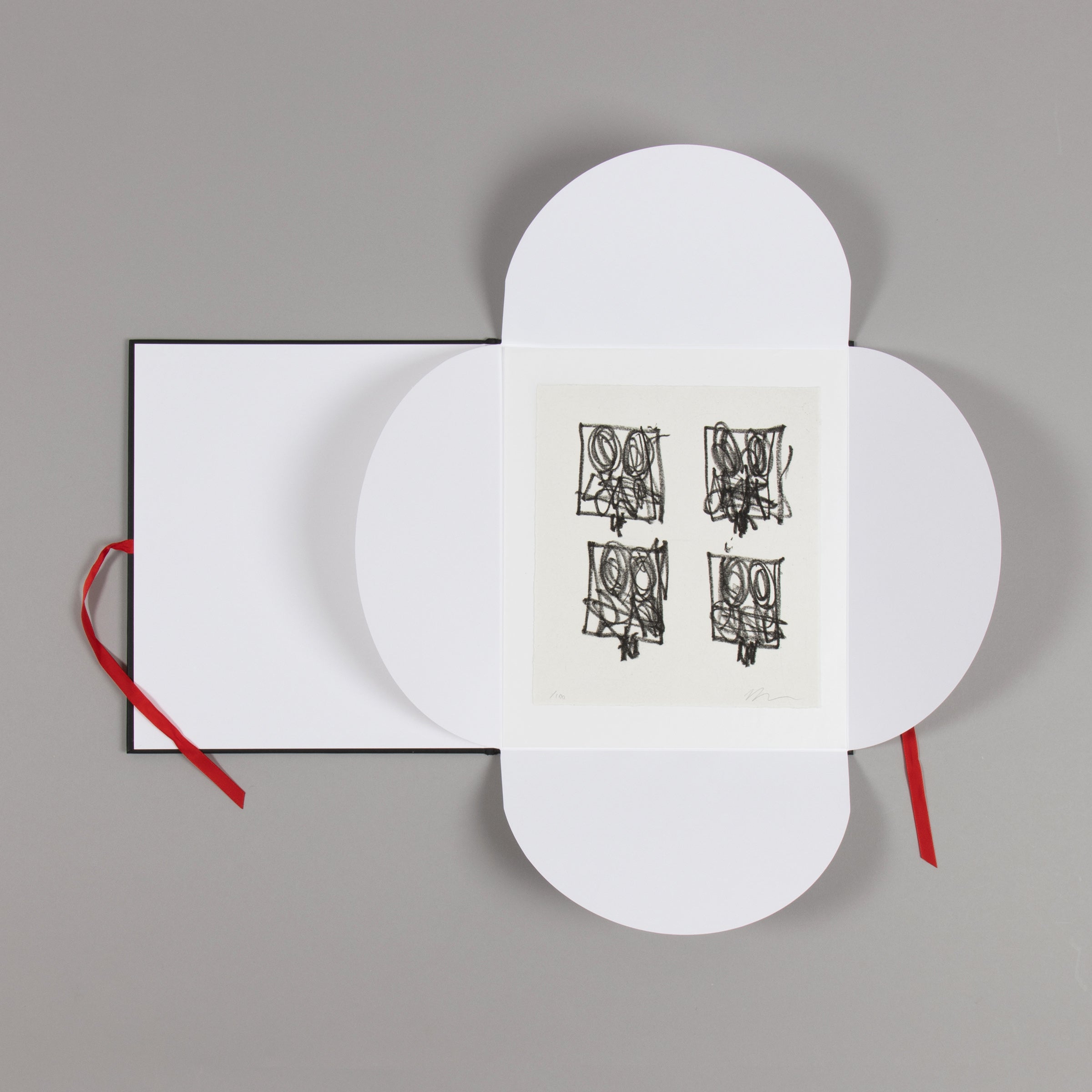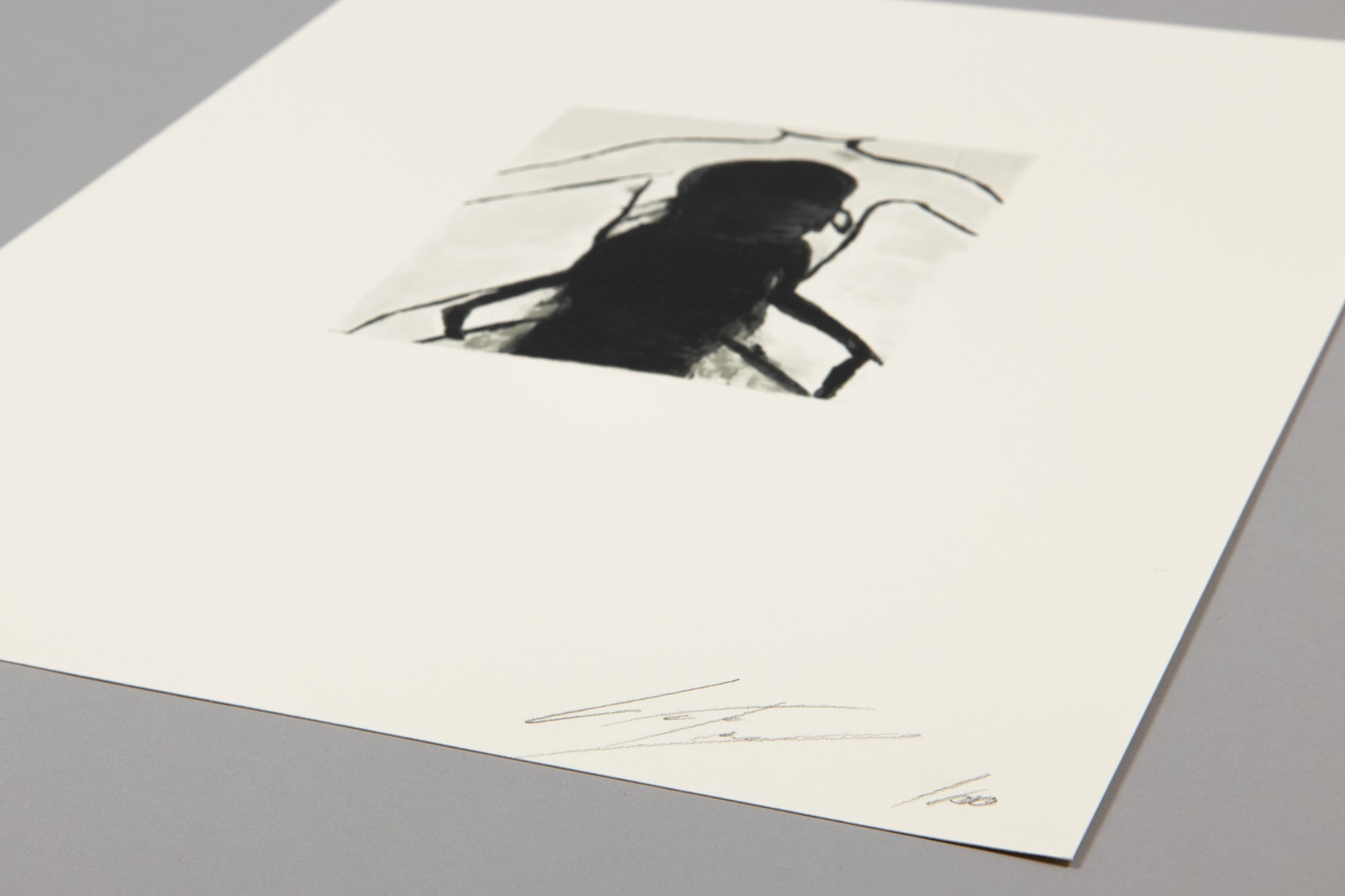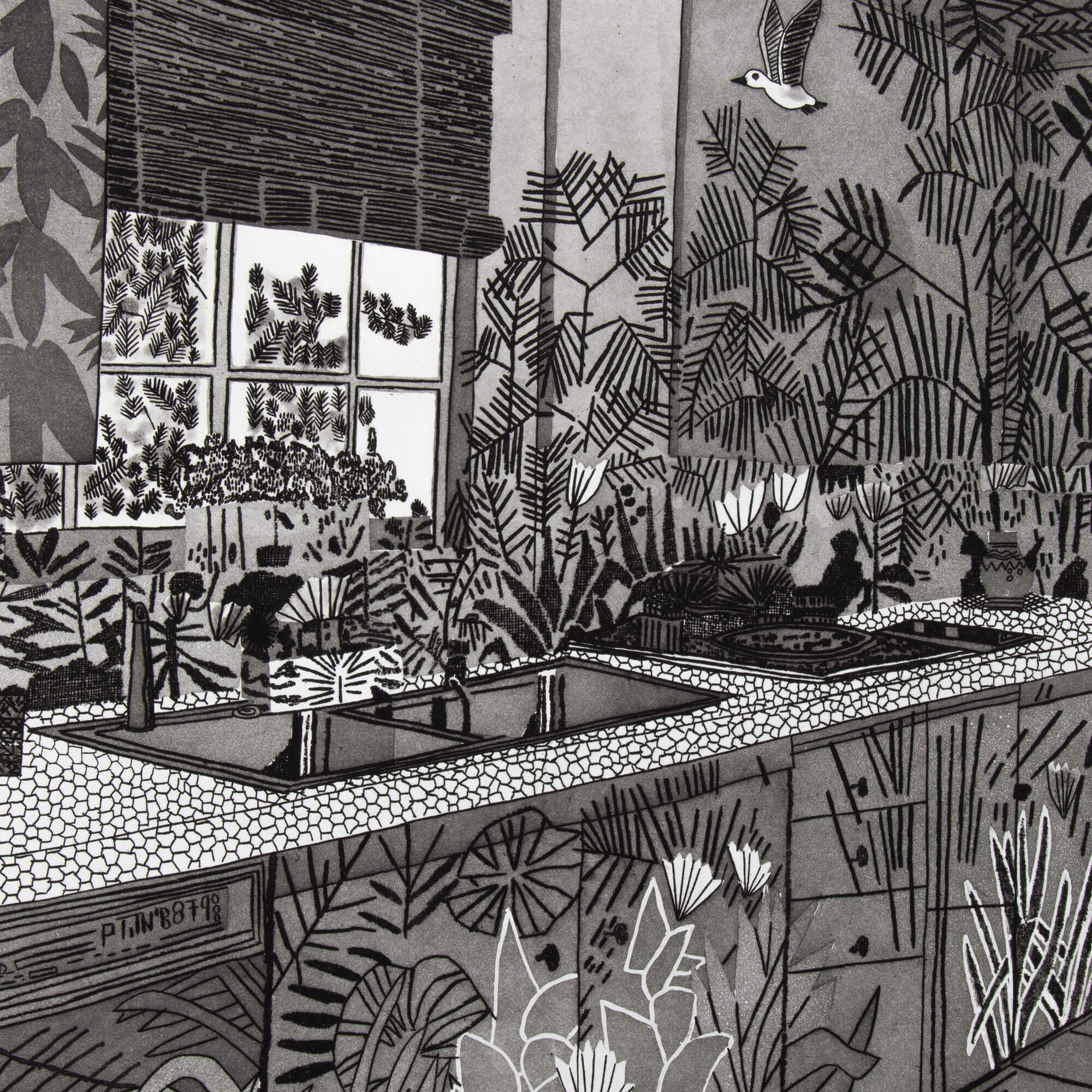Filters
87 products
Georg Baselitz - Abe
Sale price€3.000,00
Joel Mesler - Thank You
Sale price€7.000,00
Luc Tuymans - Ex Libris
Sale price€700,00
Günther Förg – Untitled Monotype
Sale price€6.400,00
Georg Baselitz – Puck
Sale price€3.900,00
Tracey Emin – I Followed You to the End (Die Welt)
Sale price€2.900,00
Peter Doig – Fisherman
Sale price€4.400,00
Georg Baselitz – Untitled (from Eine Woche)
Sale price€1.900,00
Tracey Emin – This is Forever
Sale price€7.800,00
Damien Hirst - Theodora (H10-3)
Sale price€4.600,00
Georg Baselitz - Base
Sale price€3.000,00
Georg Baselitz - 45 - August
Sale price€8.400,00
Georg Baselitz - Farewell Bill #7
Sale price€5.200,00
Georg Baselitz - Farewell Bill #4
Sale price€5.200,00
Georg Baselitz - Serpentine (Blue)
Sale price€2.900,00
Georg Baselitz - Serpentine (Green)
Sale price€2.900,00
Georg Baselitz - Winterschlaf X
Sale price€7.700,00
Gerhard Richter - Zaun
Sale price€8.900,00
Peter Doig - Untitled (Winter Scene)
Sale price€3.800,00
John Baldessari - Two Assemblages (Transparent)
Sale price€3.200,00
John Baldessari - Two Assemblages (Opaque)
Sale price€3.200,00
John Baldessari - Hand and Chin (with Entwined Hands)
Sale price€3.900,00
John Baldessari - Hands and/ or Feet
Sale price€3.800,00
John Baldessari - Supreme Skateboard Set
Sale price€2.400,00
Richard Prince - Black Bra
Sale price€1.900,00
Yinka Shonibare - Aristocrat in Blue
Sale price€2.400,00
Wolfgang Tillmans - Wie wahrscheinlich ist es...
Sale price€2.000,00
William Eggleston - Untitled (Mayfield, Kentucky)
Sale price€9.000,00
Tunji Adeniyi-Jones - Poetic Feet
Sale price€1.900,00
Tracey Emin - Choose Love
Sale price€7.700,00
Tracey Emin - I Just Felt Hurt
Sale price€7.800,00
Tony Cragg - Palette
Sale price€5.400,00
Thomas Ruff - Untitled (Sterne 17h 38m/-30°, 1990)
Sale price€3.800,00
Thomas Ruff - Seerose
Sale price€1.300,00
Thomas Ruff - Flieger
Sale price€1.300,00
Takashi Murakami - Gargantua on Your Palm
Sale price€1.800,00
Takashi Murakami - Flowers of Gratitude
Sale price€2.800,00
Sigmar Polke - S. schmeckt Pfirsich von H.
Sale price€4.900,00
Sigmar Polke - Knöpfe
Sale price€800,00
Sigmar Polke - Bargeld Lacht
Sale price€2.900,00
Rashid Johnson - Untitled Anxious Print
Sale price€4.900,00
Luc Tuymans - Superstition
Sale price€1.600,00
Luc Tuymans - Altar
Sale price€5.500,00
Invader - Rubik Camouflage
Sale price€5.400,00
Genieve Figgis - Picnic
Sale price€6.000,00
Gary Hume - Misery
Sale price€2.600,00
France-Lise McGurn - Papillon
Sale price€2.500,00

01

02

03
01
02
03



